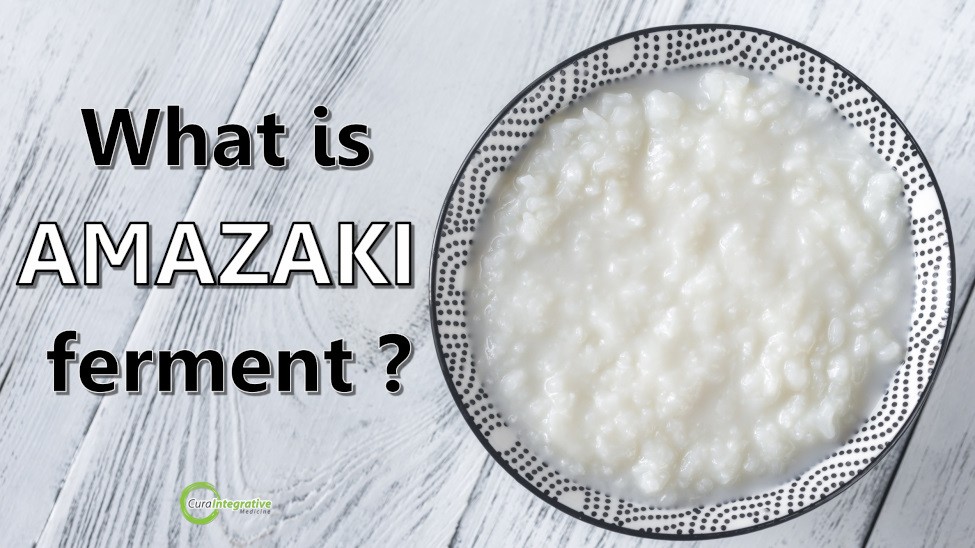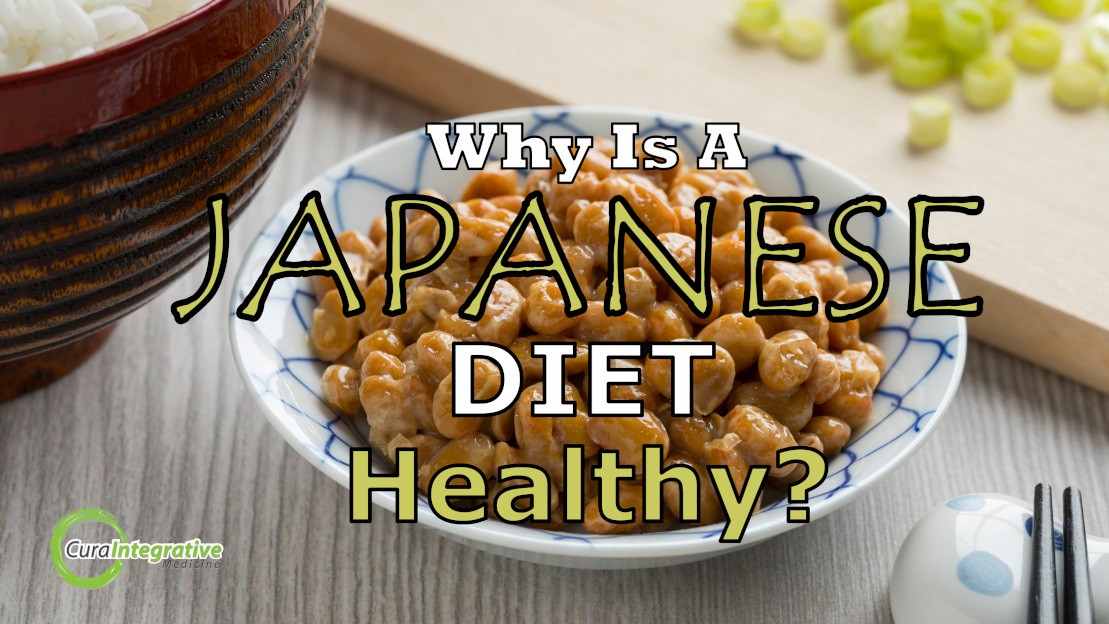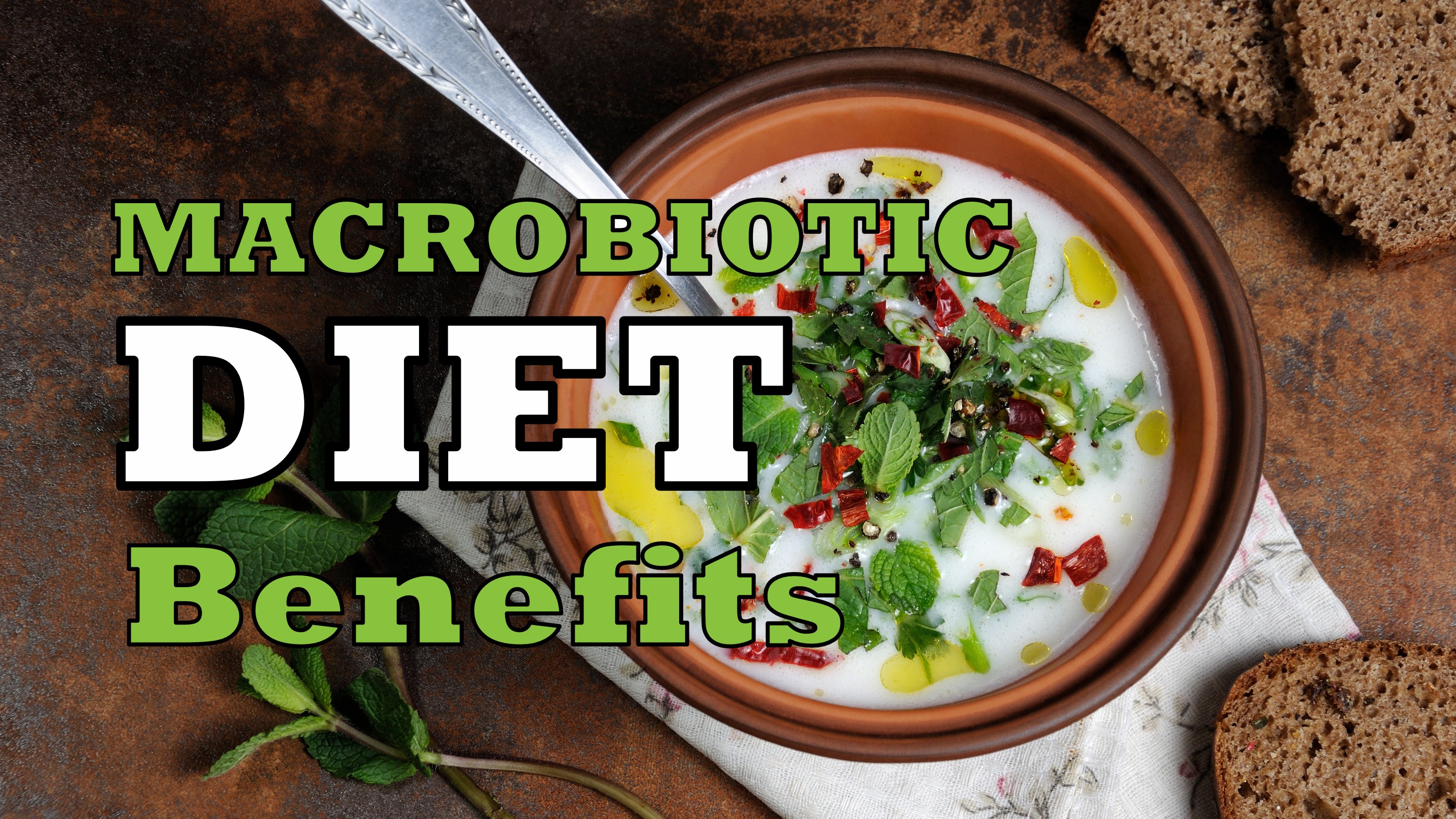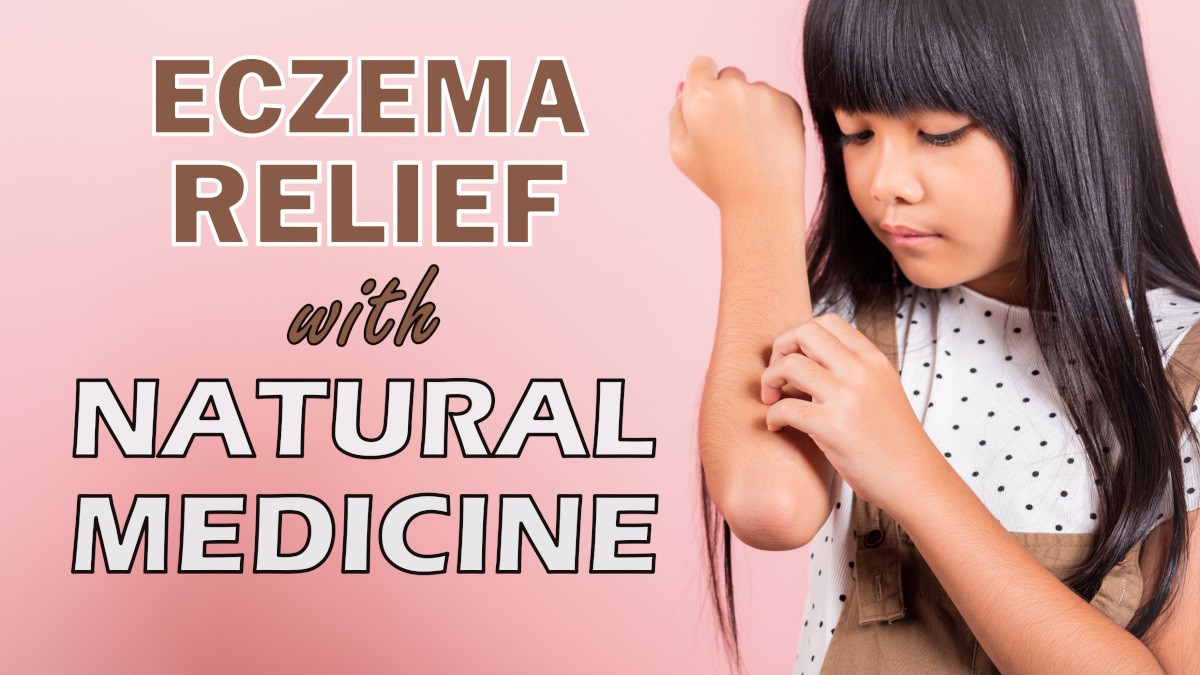Koji is a less known superfood found in a variety of macrobiotic foods. Containing Aspergillus oryzae, koji is used to make foods such as miso, amazaki and tamari. Read More…
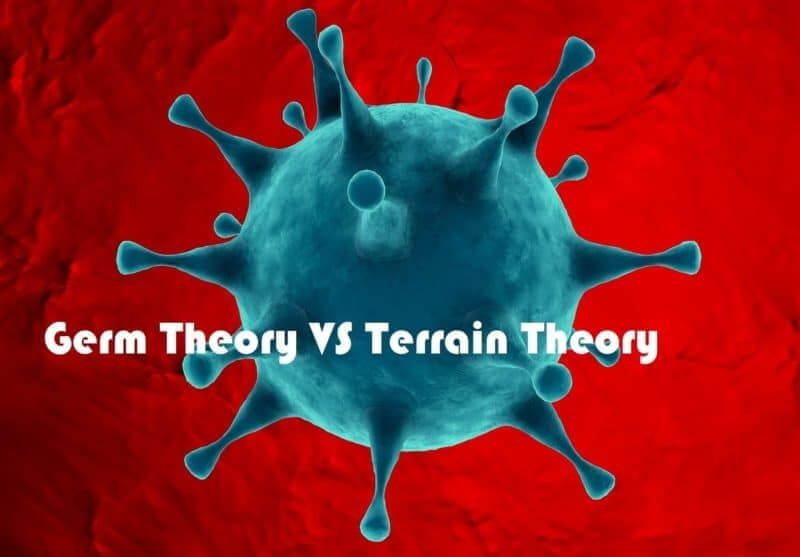
Rethinking our Health Model – Germ Vs Terrain Theory
Posted 30 May '20
If you take a stroll down the cleaning isle in the supermarket, you’ll notice the products are all about killing and sterilising. As a collective society, our mission is to eradicate things and have a mindset to start a war on germs.
The western world has largely adopted the germ theory which was first popularised by Louis Pasteur (1822 – 1895). He was the father of pasteurisation which you are most likely familiarised with things like pasteurised milk or sterilisation of surfaces.
The Germ Theory
The germ theory states that there are external germs that invade the body and are the direct cause of diseases. The theory is based on the thinking that if we kill the germs, then we will not be sick and can keep them all at bay.
Pasteur’s theory is based on the belief that the human body is sterile, devoid of germs. If the body becomes invaded with germs then the illness begins and therefore if we remove the germs externally and in the body, we will be healthy again.
Western medicine took on this theory and is predominantly underpinned by the concepts to fight illness. Drugs and substances such as antibiotics, disinfectants and vaccinations are all designed to kill external pathogens and remove them in and around our bodies. The constant addition of vaccinations is done with the belief that mankind and womenkind will be able to eradicate ALL pathogens on the planet and we will never need to worry about evolution of organisms nor keep our body strong.
Today, Pasteur’s germ theory provides the rationale for the pharmaceutical industry’s research and sales programs for antimicrobial drugs and even the use of these antibiotics as a feed-additive in animal farming.
Terrain Theory
The terrain theory can be linked to both Claude Bernard (1813-1878) and Antoine Bechamp (1816 – 1908). Both explored the concepts that the internal terrain determines our state of health. When the body is functioning optimally, a homeostasis happens – balance and health. Immunity and detoxification can functional the way they are supposed to.
Bernard and Bechamp (and modern naturopathic philosophy) believe that disease occurs as a result of imbalance in the internal terrain. Internal terrain can relate to pH imbalance, gut microbiome changes, stress, sleep patterns, etc. This is a large foundation of which naturopaths sit on.
A weak terrain is naturally more vulnerable to external germs. If you use examples of plants in nature, those with altered sunlight, nutrition, water, temperature, etc, they are more susceptible to disease. Farming methods are even changing to incorporate a holistic growing method to increase yields and pest resistance.
Interestingly, Pasteur changed his original theory at his deathbed with the famous quote, “the microbe is nothing; the milieu is everything.”. And there are many others who are shifting their beliefs on disease and optimal treatment.
Need help with your Naturopathic plan or Functional medicine Testing? Get in touch to take control of your health naturally.

